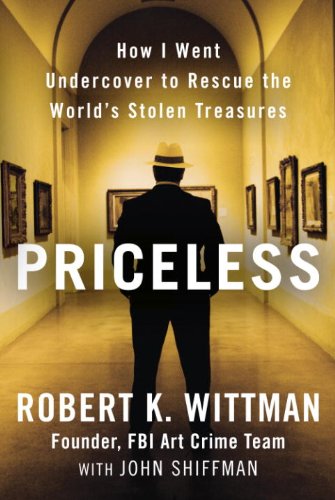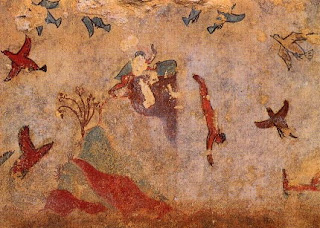Tuesday, November 30th, 2010
Guernica as Nativity
This past weekend, I engaged in a mini-research project to help a friend. This friend is putting together a slideshow of Nativity images for a Christmas party; he is specifically interested in showing images which depict the biblical scene with clothing/architecture/instruments that are contemporary to the time of the artist. This project wasn’t too hard to complete, especially since Northern Renaissance artists loved to depict Nativity scenes in Northern interiors with Northern clothing. Perhaps I’ll post some of my Nativity findings in the next few weeks – it was a very fun project.
Anyhow, while compiling images I became curious to see if Picasso had ever created a Nativity scene. Since Picasso was such a prolific artist (with 271 new works recently added to his oeuvre), I thought he would have depicted a Nativity scene at least once. Surprisingly, I didn’t find any works titled “Nativity” in my limited research time, but I did come across an interesting argument that was recently published in Nómadas: Revista Crítica de Cincias Socialies y Jurídicas. Pablo Huergo Macón argues that Picasso’s iconic painting Guernica (1937, shown above) is a modern representation of the Nativity. Basically, Macón finds that Guernica “is a manger blown up by bombs.”1 Here are some of the traditional images which Macón points out:
- Virgin Mary cradling a (Christ) child (far left)
- Joseph (shown as a warrior brandishing a sword)
- Angel who appears to shepherds (holding a candle in Picasso’s scene)
- Shepherds (represented by the women on the right side, one in a shawl and one with raised arms)
- Stable animals (Macón argues that the bull represents the ox and horse represents the mule)
- Star of Bethlehem (light bulb in center, illuminating the scene)
I think the inclusion of the llight bulb puts an interesting contemporary twist on the whole Nativity scene (but I decided that my friend probably wouldn’t want to use this image for his Christmas party slideshow! It doesn’t exactly scream “Christmas cheer,” does it?).
Anyhow, I think Macón’s theory is interesting and deserves some attention. Even if this theory isn’t perfect, I think it could explain at least one reason why Guernica is so jarring to us: Western viewers can recognize distorted, perverse, and extremely unsettling elements of a traditional Christian theme.
1 Pablo Huergo Macón, “The Other Side of Guernica,” Nómadas: Revista Crítica de Cincias Socialies y Jurídicas 23 (2009:3): 1. Found online here.












